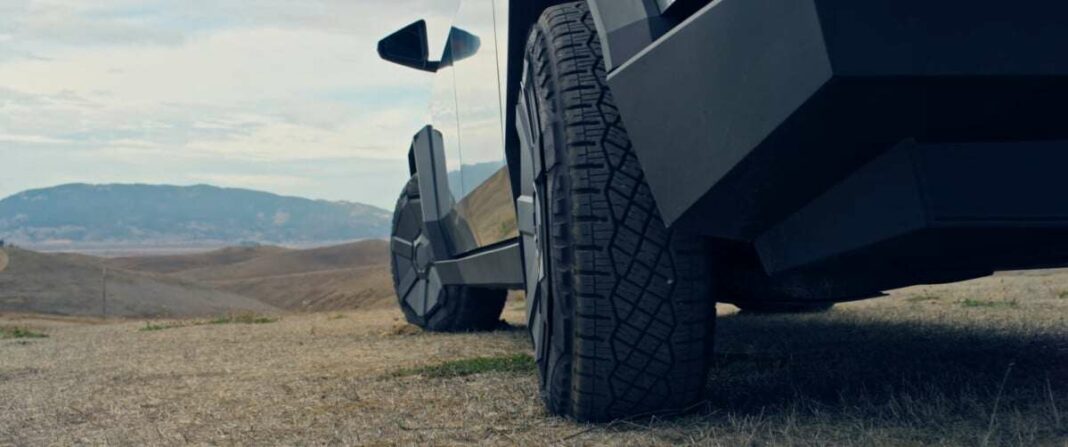Rear-wheel steering, initially developed in the 1930s for industrial vehicles, gained traction in passenger cars during the 1980s, notably with Nissan’s Skyline R31 and Honda’s Prelude. This technology enhances maneuverability, essential for larger, heavier electric vehicles like the Porsche Macan and Tesla Cybertruck. Modern advancements have simplified its integration, allowing for innovative features like sideways movement in models such as the Hummer EV and GMC Sierra EV, improving agility despite increased vehicle sizes.
Whether it’s Tesla’s Cybertruck, Mercedes’ luxury models, or Porsche’s grand tourers, the rear-wheel steering system is not a novel concept!
A Historical Innovation by Japanese Manufacturers
The idea of four-wheel steering has been part of automotive history for decades. Its initial implementations emerged in the 1930s, primarily seen in agricultural and industrial vehicles.
However, it was during the 1970s and 1980s that rear-wheel steering made its way into passenger cars. The Porsche 928 was among the first production vehicles to feature movable rear wheels, but it was the Japanese auto manufacturers in the 1980s that truly advanced this unconventional technology.
In 1985, Nissan introduced a rear steering system in the Skyline R31, a model exclusive to Japan, which allowed the rear wheels to turn based on specific parameters. Following that, in 1987, Honda launched the third-generation Prelude, available globally, equipped with the 4WS system. This mechanical system synchronized the movement of the rear steering box with the front wheels. At lower speeds, the rear wheels turn in the opposite direction, reducing the turning radius, while at higher speeds, they align with the front wheels for improved stability.
Although the technology has progressed, it remains relatively niche. Some automakers, like Nissan with the Skyline and Honda with the Prelude, have shown significant interest, while others, such as Renault with the Laguna Coupé 4Control, Mégane RS, and the Austral, along with Porsche in certain 911 and Panamera variants, have also adopted it.
The Future of Rear-Wheel Steering in Electric Vehicles
Is rear-wheel steering becoming increasingly essential? With larger vehicle dimensions and heavier weights leading to wider tires, engineers are compelled to enhance maneuverability.
Additionally, the inclusion of rear steering helps alleviate the perception of bulkiness during driving. With four steering wheels, a vehicle feels more agile than its actual weight suggests. This is especially crucial when considering that the Porsche Macan exceeds 2.4 tons and the Tesla Cybertruck surpasses 3.5 tons.
Implementing rear-wheel steering significantly reduces a vehicle’s turning radius. For instance, in recent comparisons, the electric Porsche Macan’s rear-wheel steering capability reduced its turning radius from 12.1 to 11.1 meters, a remarkable feat for a vehicle measuring 4.78 meters in length. In contrast, the Renault 5 E-Tech, at 3.92 meters, has a turning radius of 10.3 meters.
Moreover, advancements in technology have eliminated the necessity for mechanical connections between the front and rear axles, simplifying the installation of four-wheel steering compared to older systems.
Some manufacturers are pushing the boundaries even further. In the U.S., both the Hummer EV and GMC Sierra EV possess the ability to move sideways, while innovations in electric motors allow certain vehicles, like the Mercedes G-Class 580 e, to pivot in place.
